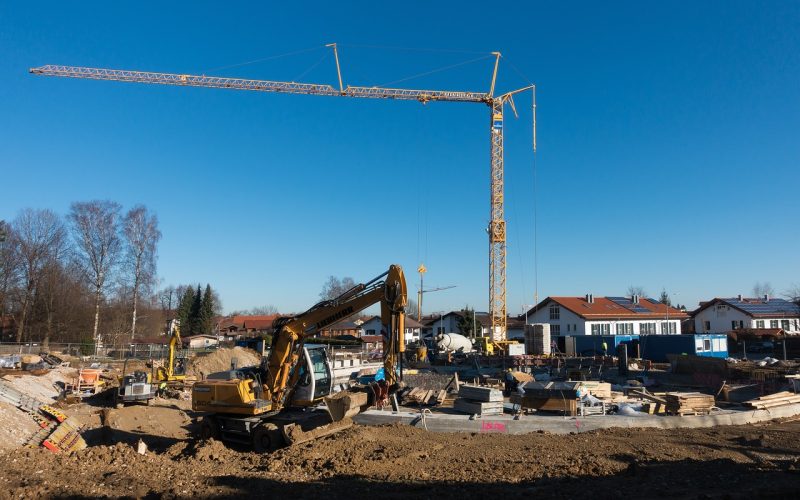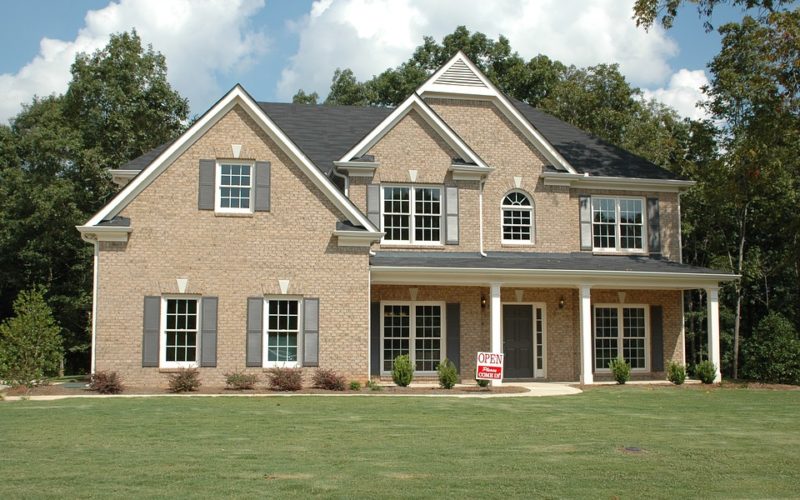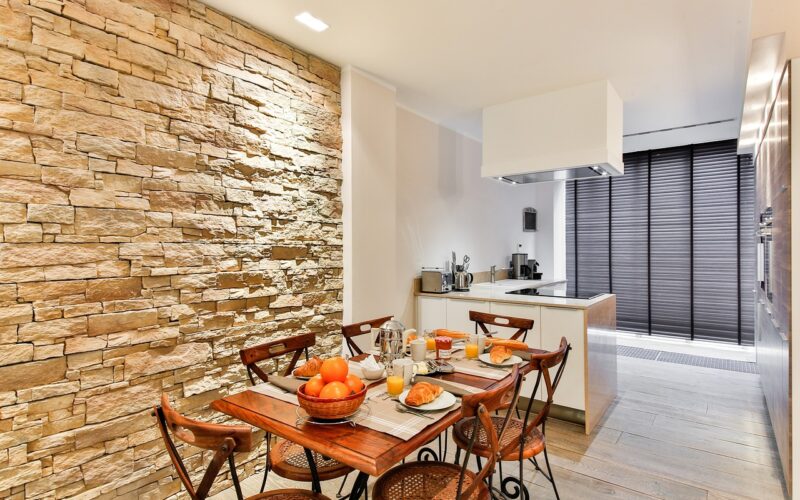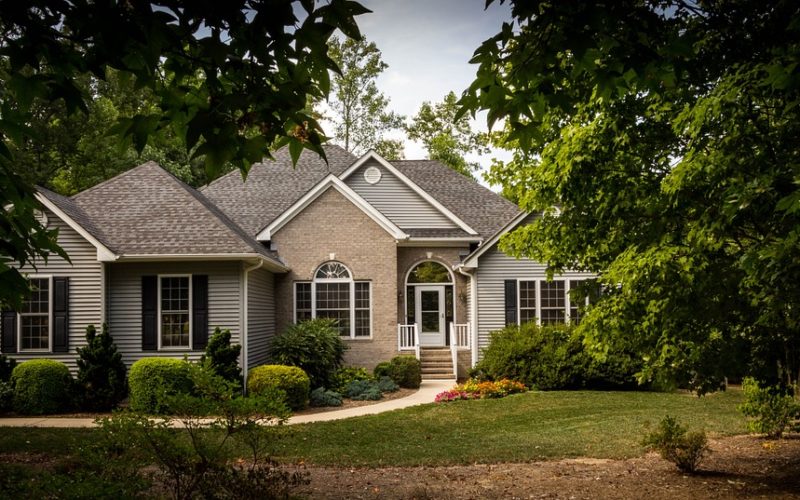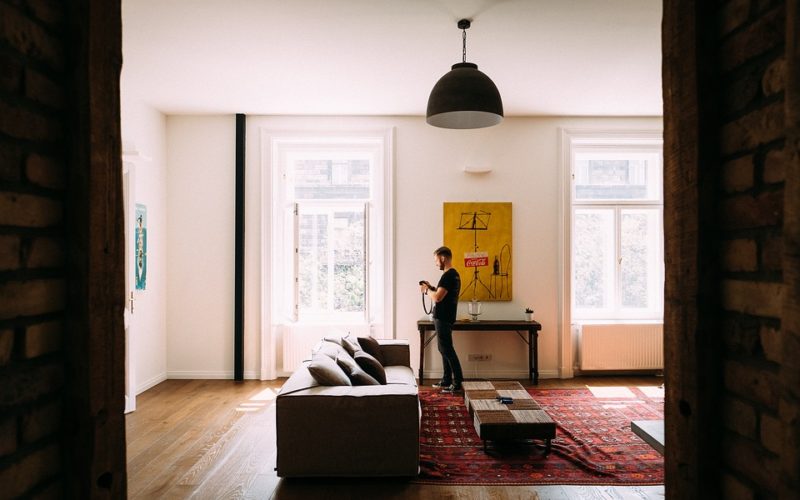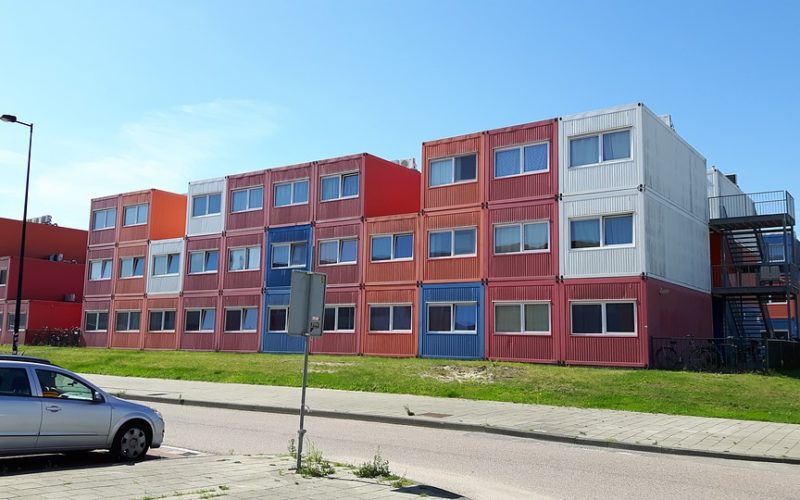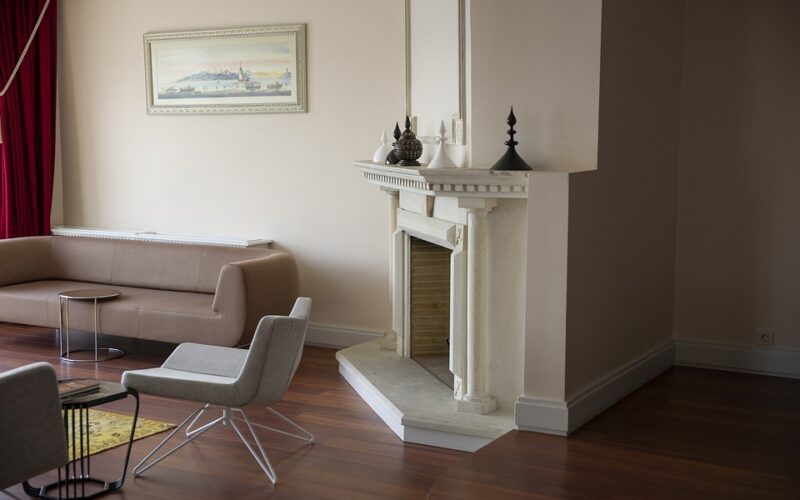The Struggle To Buying Property
Navigating the property market has always been challenging for first-time homebuyers, but in recent years, the barriers have grown significantly for young people. With rising property prices, stagnant wage growth, and increasing living costs, the dream of owning a home is slipping further away for many. This article explores the difficulties faced by young people in entering the property market and highlights how some are turning to Government share schemes as a viable solution.
The current state of the housing market
The UK housing market has seen considerable growth over the past decade, with property prices climbing at a pace that far outstrips wage increases. According to the Office for National Statistics, average house prices have increased by over 50% in the last ten years, while average earnings have lagged behind, rising by only around 20%. This disparity has made it increasingly difficult for young people to save for a deposit, as they struggle to balance rent, student loans, and other financial obligations with the need to set aside funds for a future home.
Challenges facing young homebuyers
One of the most significant challenges young buyers face is saving for a deposit. With many lenders requiring deposits of 10% or more, gathering the necessary funds can take several years, particularly when rent consumes a substantial portion of their income. Additionally, stricter lending criteria post-financial crisis have made it harder for young people to secure mortgages, as lenders have become more cautious in their assessments of borrowers' financial stability.
Government share schemes as a solution
In response to these challenges, several Government-backed initiatives have been introduced to help young people get onto the property ladder. One such scheme is the Shared Ownership programme, which allows buyers to purchase a share of a property (typically between 25% and 75%) and pay rent on the remaining share. This structure reduces the initial deposit required and provides a more affordable entry point into homeownership.
How shared ownership works
Shared Ownership schemes offer a range of benefits for young buyers. They enable individuals to incrementally increase their share of the property over time, through a process known as "staircasing", which allows them to eventually own the home outright. Additionally, because the rental portion is generally set at a lower rate than market rent, participants may find it easier to manage their monthly expenses and save for future staircasing opportunities.
Considerations for potential buyers
While Shared Ownership can provide a more accessible route to homeownership, it is not without its considerations. Potential buyers should be aware that additional costs can arise, such as service charges and maintenance fees. Furthermore, selling a Shared Ownership property can be more complex than selling a traditionally-owned home, as the housing association typically has the right to find a buyer for the property during a specified nomination period. Despite these challenges, many young people still find that the benefits of Shared Ownership outweigh the drawbacks, particularly in areas where property prices are prohibitively high.
The future of young homeownership
Ultimately, the challenges faced by young people in entering the property market are unlikely to disappear overnight. However, Government initiatives like Shared Ownership provide an important lifeline for those struggling to get a foothold on the property ladder. By offering more flexible pathways to homeownership, these schemes can help level the playing field and give young people the chance to invest in their futures. As the housing market continues to evolve, it is crucial for policymakers to consider innovative solutions that address the unique needs and circumstances of young homebuyers, ensuring that homeownership remains an attainable goal for future generations.
